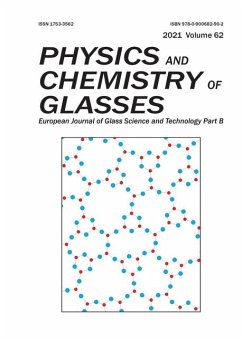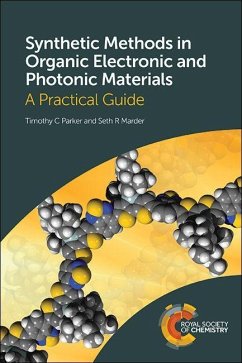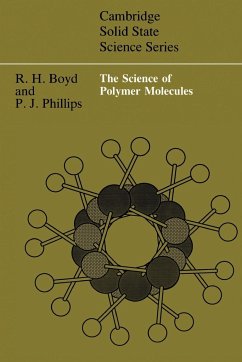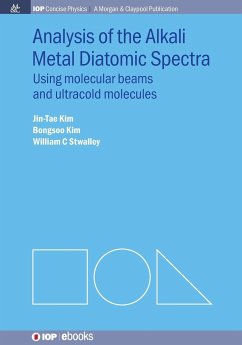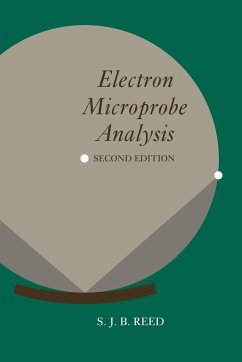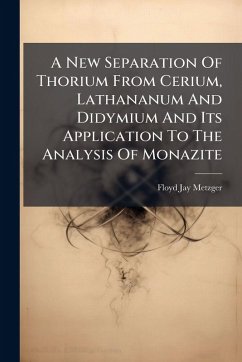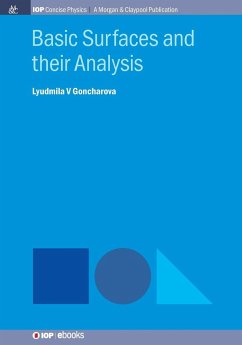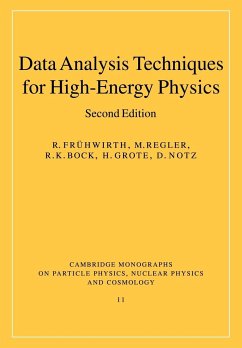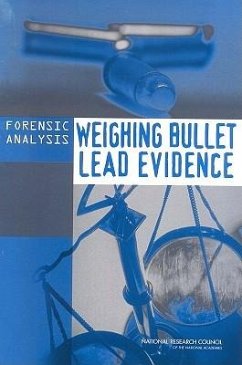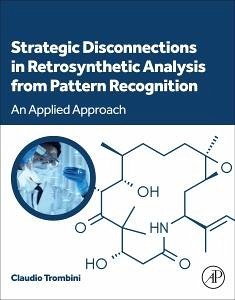
Strategic Disconnections in Retrosynthetic Analysis from Pattern Recognition
An Applied Approach
Versandkostenfrei!
Erscheint vorauss. 15. Dezember 2025
206,99 €
inkl. MwSt.

PAYBACK Punkte
103 °P sammeln!
Strategic Disconnections in Retrosynthetic Analysis from Pattern Recognition: An Applied Approach introduces retrosynthetic analysis through strategic disconnection methods. It prioritizes disconnections of general structures characterized by specific functionalization patterns or structural motifs like stereogenic centers or bicyclic frameworks. Numerous examples from carefully selected literature illustrate each strategic disconnection, organized by functional or structural pattern, selected disconnection, and polar, radical, or concerted reaction pathways. Developing a deep understanding of...
Strategic Disconnections in Retrosynthetic Analysis from Pattern Recognition: An Applied Approach introduces retrosynthetic analysis through strategic disconnection methods. It prioritizes disconnections of general structures characterized by specific functionalization patterns or structural motifs like stereogenic centers or bicyclic frameworks. Numerous examples from carefully selected literature illustrate each strategic disconnection, organized by functional or structural pattern, selected disconnection, and polar, radical, or concerted reaction pathways. Developing a deep understanding of these examples enhances 3D visualization skills, critical reasoning, and expertise in synthetic strategies. The book offers insights into advancements in organic synthesis over the last 50 years, with cases of varying complexity from curated literature. Readers can focus on examples that align with their interests or lab work, each case referenced for easy access to primary information. It is ideal for graduate and postdoc students in organic chemistry and synthesis and researchers in industry. Advanced undergraduate students with a solid organic chemistry foundation may also find it beneficial.



